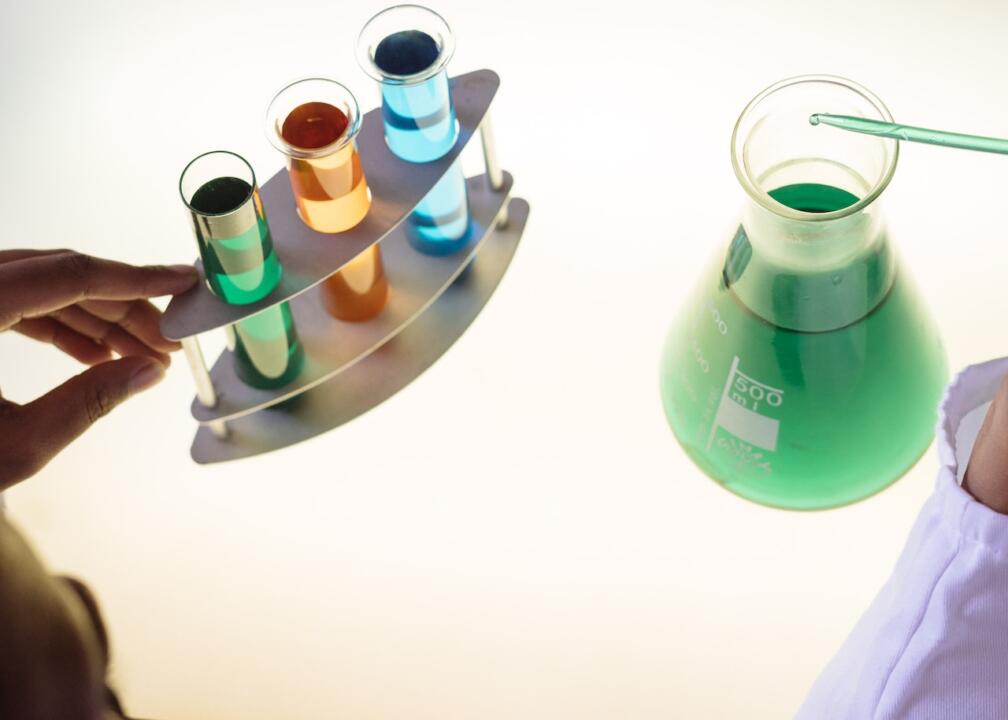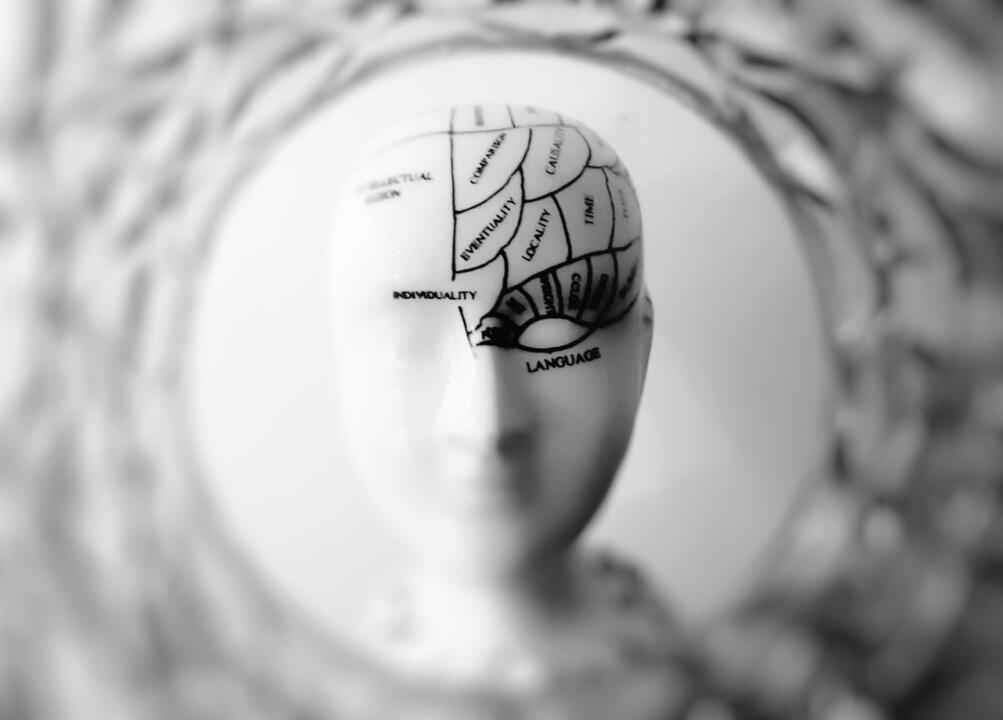Your cart is currently empty!
Charts in Medical Education

Charts in Medical Education – A Powerful Learning Tool
Medical charts are graphical or tabular representations of information used in:
- Teaching: Anatomy, pathology, pharmacology, and physiology.
- Diagnosis: Patient records, lab results, and imaging reports.
- Research: Epidemiology studies and clinical trial data.
What Are Medical Charts?
Medical charts are graphical or tabular representations of information used in:
- Teaching: Anatomy, pathology, pharmacology, and physiology.
- Diagnosis: Patient records, lab results, and imaging reports.
- Research: Epidemiology studies and clinical trial data.
Types of Charts Used in Medical Curriculum
- Anatomical Charts – Illustrate human body structures for anatomy learning.
- Pathology Flowcharts – Show disease progression and treatment pathways.
- Pharmacology Charts – Categorize drug classifications and mechanisms.
- Epidemiological Graphs – Display disease outbreaks and trends.
- Vital Sign Charts – Track patient health metrics over time.
How Charts Improve Medical Learning




Charts in Medical Practice



Conclusion
Charts are indispensable in medical education, improving learning, diagnosis, and research. Incorporating interactive charts and infographics in the curriculum can further enhance medical training and patient care.
Discover more from mymedschool.org
Subscribe to get the latest posts sent to your email.









Your voice matters – comment below!